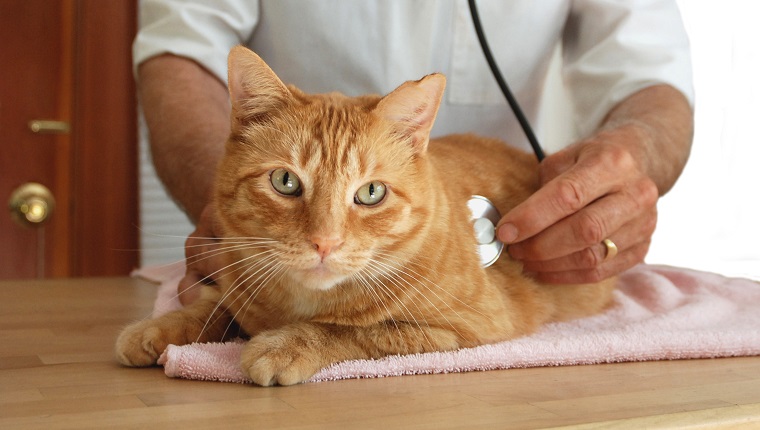Your cat is probably like a child to you, and, like any loving pet parent, you want to do everything you can to keep them healthy and safe. Of course, cats can be very independent. They tend to take pretty good care of themselves. However, they can’t do everything independently, so it’s up to us to be responsible. We must educate ourselves on the dangers cats face and how to help them if something goes wrong. That’s why you should learn these seven things that could save your cat’s life.
1. How To Perform Cat CPR

If your cat isn’t breathing or their heart isn’t beating, you may have to do CPR until you can get them to a vet.
When performing CPR on a cat, alternate between breaths and compressions. First, check the cat’s mouth for foreign objects. Then, hold the cat’s mouth shut, put your mouth around the cat’s mouth, and give two breaths into the cat’s nose.
PetMD recommends one breath every four to five seconds. Breathe just enough to get the chest to rise and fall. Don’t overdo it.
Checking a cat’s pulse can be challenging. Cats have a carotid artery in their necks that you can check. Some vets also recommend checking for a pulse under their bottom leg.

To do chest compressions, use only one hand. Lay your cat on their right side because their heart is closer to the left side. Find their heart area beneath the left elbow using the method in the video above.
Take two fingers and press about one half to one full inch, doing 15 compressions. Every ten to fifteen compressions, give your cat another breath. Then, repeat the compression and breathing cycle.
Follow the instructions in the videos above for more details.
2. How To Save A Choking Cat
Cats can choke on some things, including hairballs, string, or small household items.
If your cat starts choking and you can see the object, like a string, hanging out of their mouth, try to grab it and gently pull it out.
If you can’t gently pull the object out, don’t force it, but take your cat to the vet immediately. Never reach into a distressed cat’s mouth, as you’ll likely get bitten.
When it comes to hairballs, remember that hairball choking often looks worse than it is. Your cat may hack and hack to get rid of a hairball, but they aren’t choking or in danger.
The choking is sometimes real and serious, and you’ll need to perform the Heimlich Maneuver on your cat.
Follow the instructions in the video above. Hold your cat between your knees on their back. Hold your hands under their upper legs and press your hands, palms down, under the ribcage.
Compress on the ribcage by rolling your hands from your pinky upward, pushing the air up. Compress until the object is expelled. If the cat passes out, you may need to perform CPR.
3. How To Keep Toxic Plants Away
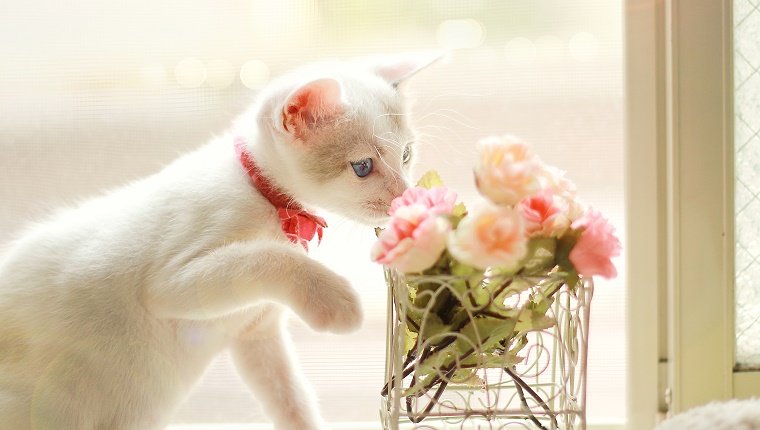
Yes, plants are fun in the house, and your kitty may love the greenery. But remember, a surprising number of household plants are toxic and life-threatening to your kitty.
These include lilies, holly, mistletoe, and azalea. A complete list of toxic plants is here.
4. Avoid Milk
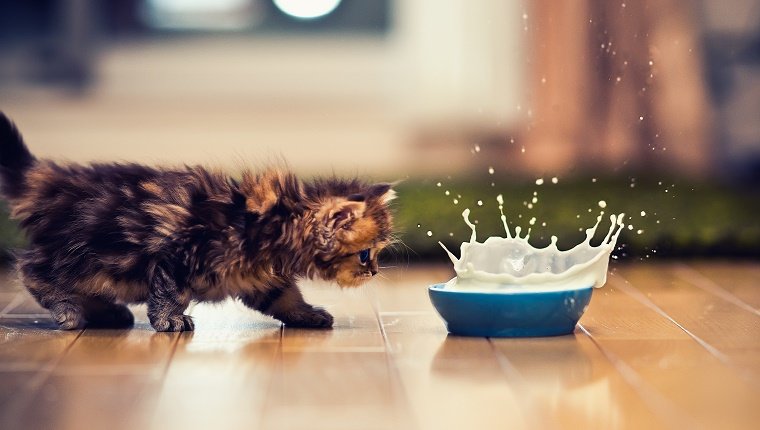
Sure, you may have heard that cats absolutely love milk. But their stomachs aren’t well-adjusted to cow’s milk.
Many cats are lactose intolerant and can get severe diarrhea if they drink milk.
Give your cat fresh water instead or lactose-free milk as a treat. To learn more about why milk isn’t the best option for your cat, see our story here.
5. Don’t Go For A Vegetarian Diet

Even if you decide to be a vegan, it’s not a good diet for your cat.
Cats are obligate carnivores, so their bodies need meat to survive. They also didn’t evolve to digest vegetable enzymes and proteins sufficiently, so they needed meat to get their proper nutrients.
Ensure you’re not feeding your cat a grain-based diet because lacking nutrients can make cats sick over time. Watch food labels to ensure the first ingredient is a meat product.
6. Watch For Life-Threatening Bladder Problems
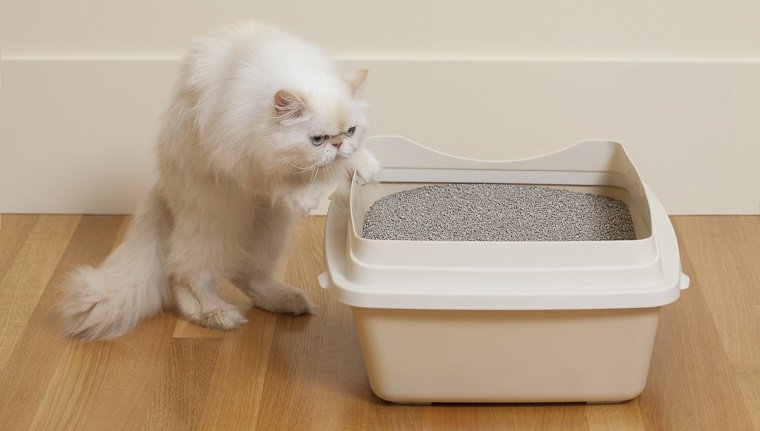
Cats, especially male kitties, can get sick very fast if they develop a bladder problem. An untreated urinary tract infection can even be fatal.
If your cat stops using the litter box, is peeing in strange places they normally don’t, or has what looks like blood in their urine, take your cat to the vet immediately. In these situations, it’s important not to delay.
7. Make Sure Your Cat Drinks Enough Water
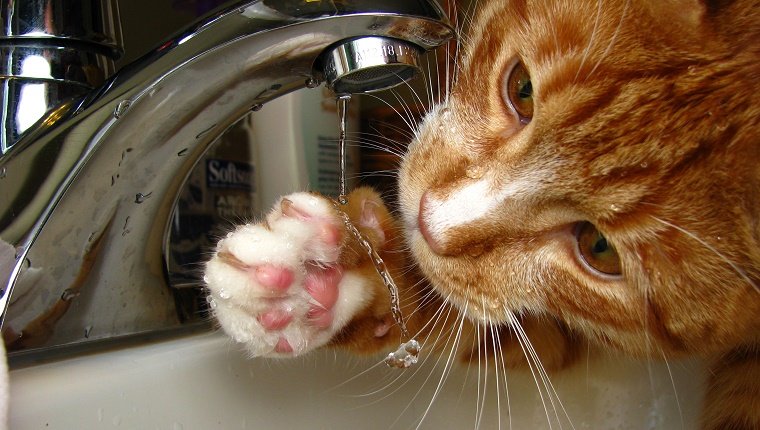
Cats are notorious for not drinking enough. However, dehydration can cause a whole bunch of problems in your cat, including urinary crystals that can lead to life-threatening bladder infections.
You can encourage your cat to drink more water by feeding them wet food, mixing some water with dry food, giving them a fountain with moving water, or keeping the water dish in a different location from their food.
Find out more about cats’ weird relationship with water here.
There are many situations that can put your cat’s life in danger, from emergency situations that need immediate attention to chronic problems that become life-threatening over time. By keeping a close eye on your cat’s health and knowing how to perform CPR and the Heimlich Maneuver on your cat, you can be a lifesaver to your kitty if any of these unexpected scenarios occur.
What other life-saving tips should cat parents be aware of? Have you ever had to save your cat’s life before? Let us know in the comments below!
